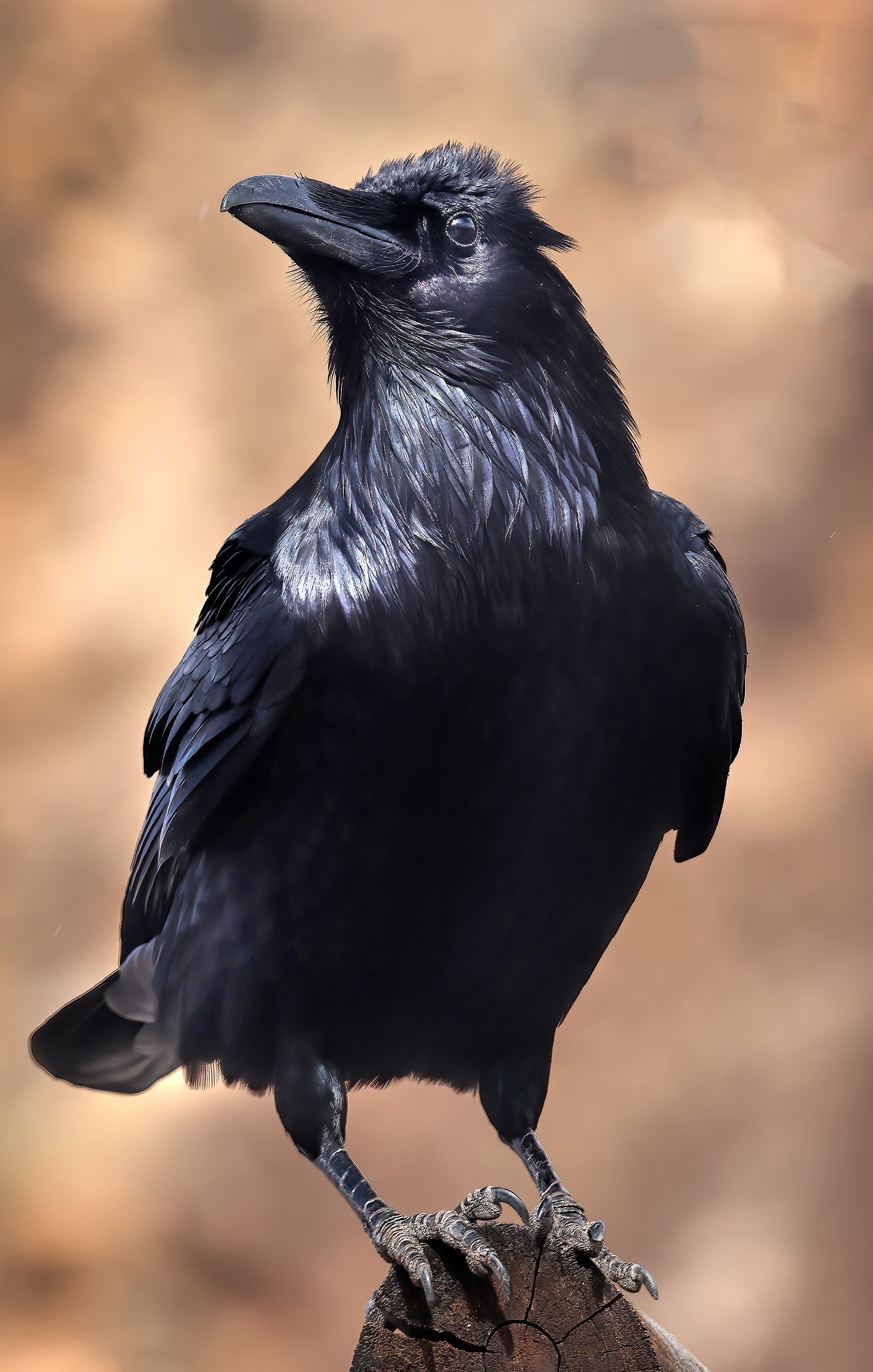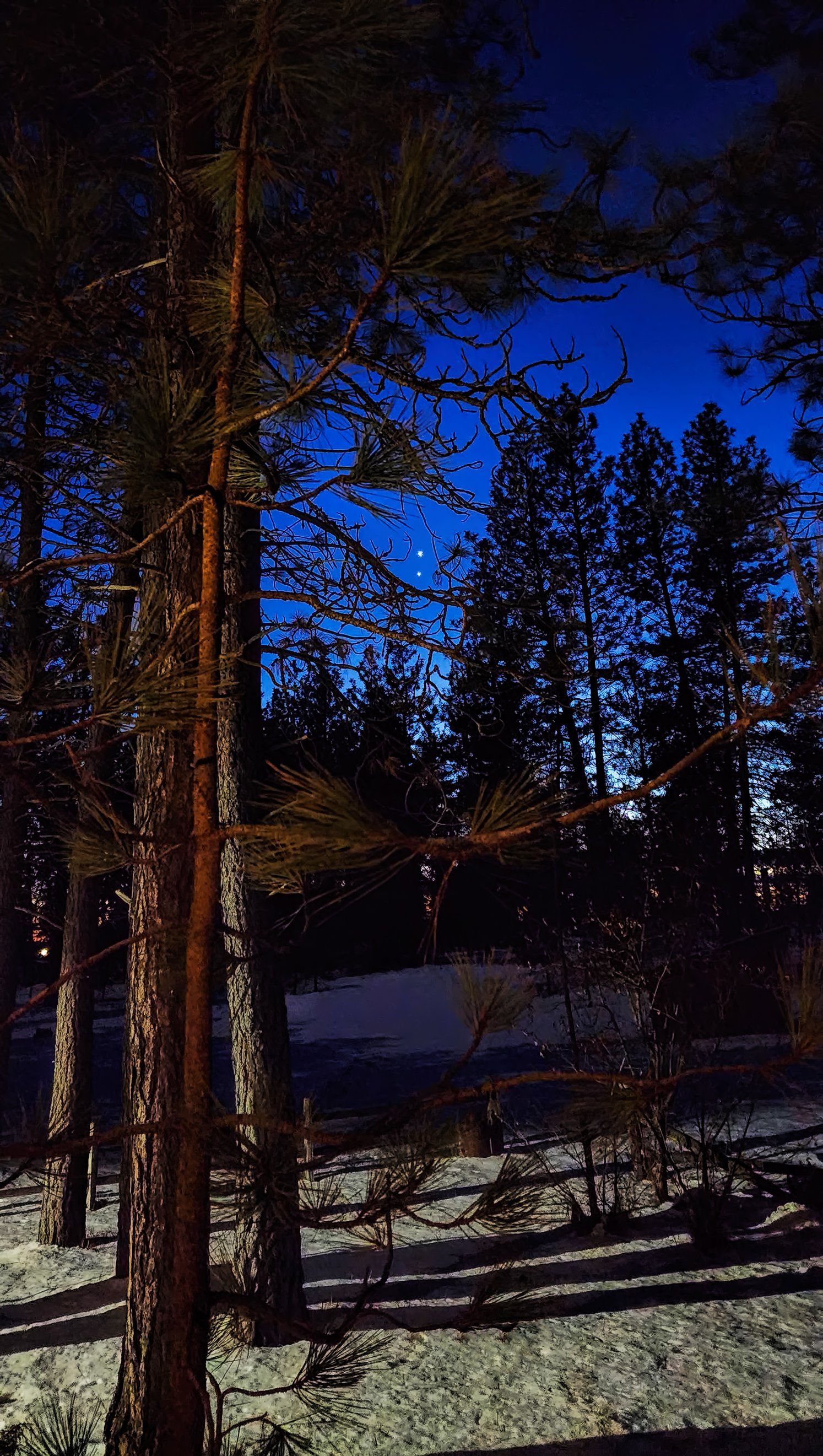against predators, and cottontail rabbits rarely leave their burrows on windy days since the noise obscures this keen protective sense. Blustery conditions didn’t keep this one inside today, though, and I’ve named it “Bugs Buddy” as it becomes increasingly comfortable with my presence.
Desert cottontail (Sylvilagus audubonii).





































